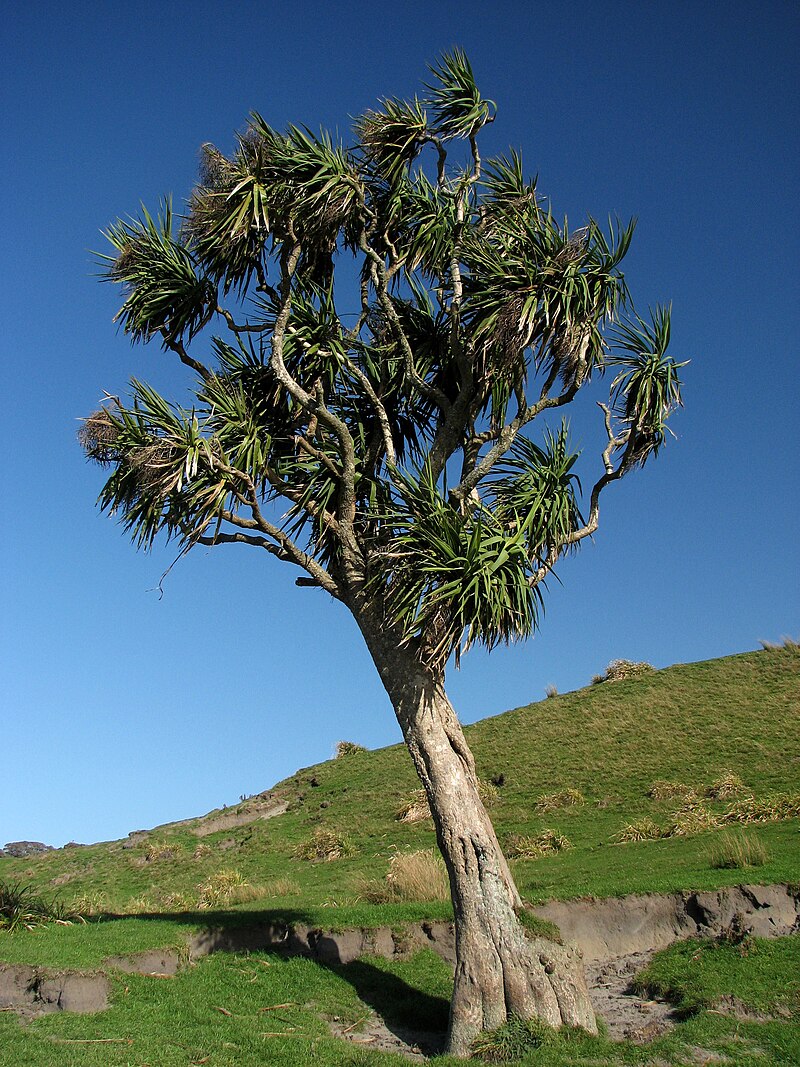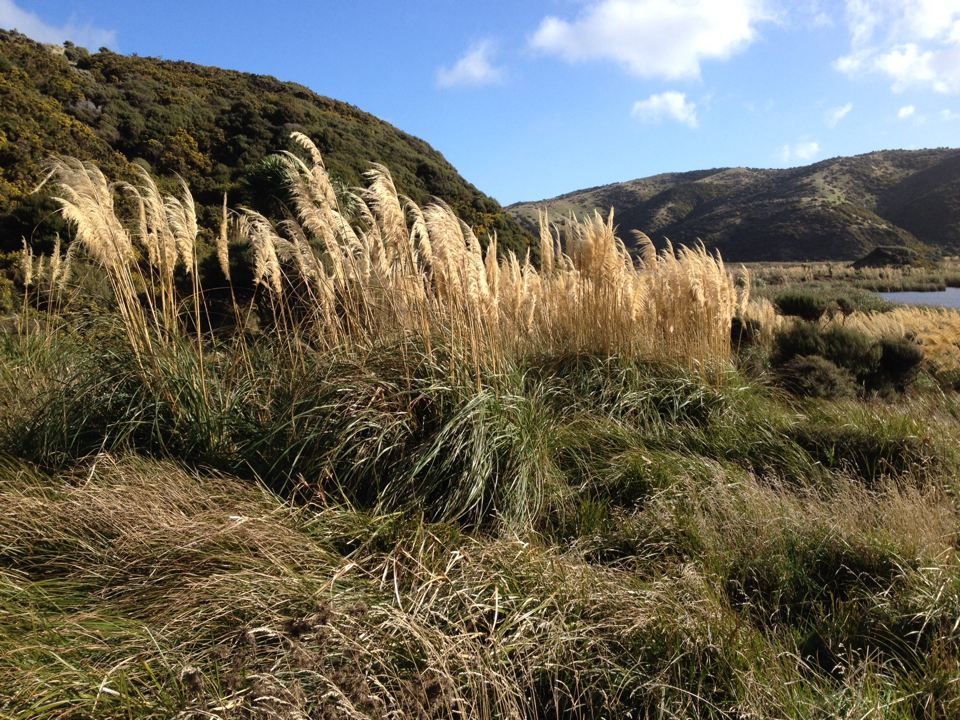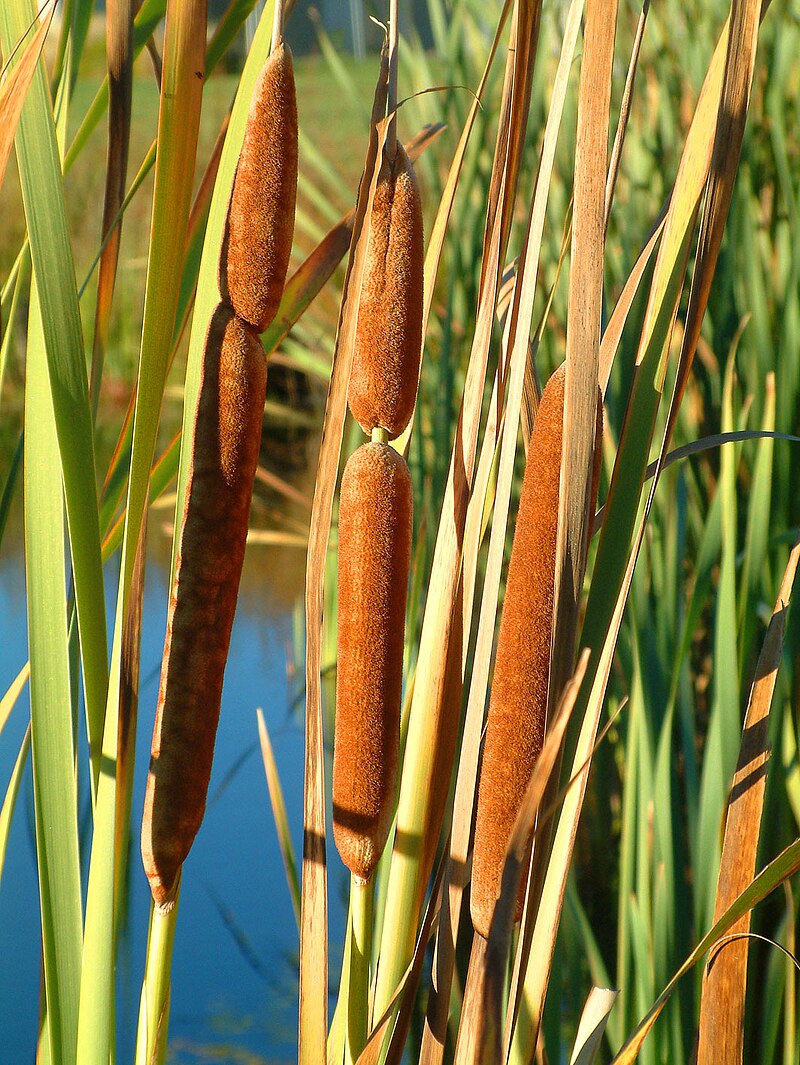Mosses (bryophytes) are small, non-vascular plants that typically form dense green mats or cushions in moist environments. Lichens, on the other hand, are composite organisms that arise from a symbiotic relationship between fungi and algae or cyanobacteria. Both play crucial roles in ecosystem processes including water filtration, soil formation, and providing microhabitats for invertebrates.
In New Zealand's damp, temperate climate, mosses and lichens thrive, creating magical forest floors, draping from trees in rain-soaked areas, and colonizing rocks and exposed surfaces. These ancient life forms represent some of the oldest plant lineages on Earth and contribute significantly to the primeval character of New Zealand's native forests.

Carpet Moss
Hypnum cupressiforme
Common forest floor moss forming extensive carpets in damp, shaded areas of native forests.
Learn more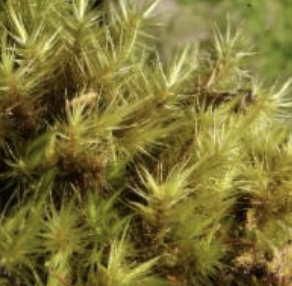
Star Moss
Dicranoloma billardierei
Distinctive star-shaped moss found on forest floors and rotting logs, common in damp native forests.
Learn more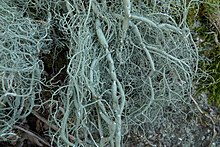
Image credit: Wikipedia
Old Man's Beard Lichen
Usnea articulata
Pendant lichen that hangs from tree branches in humid forests, an indicator of good air quality.
Learn more